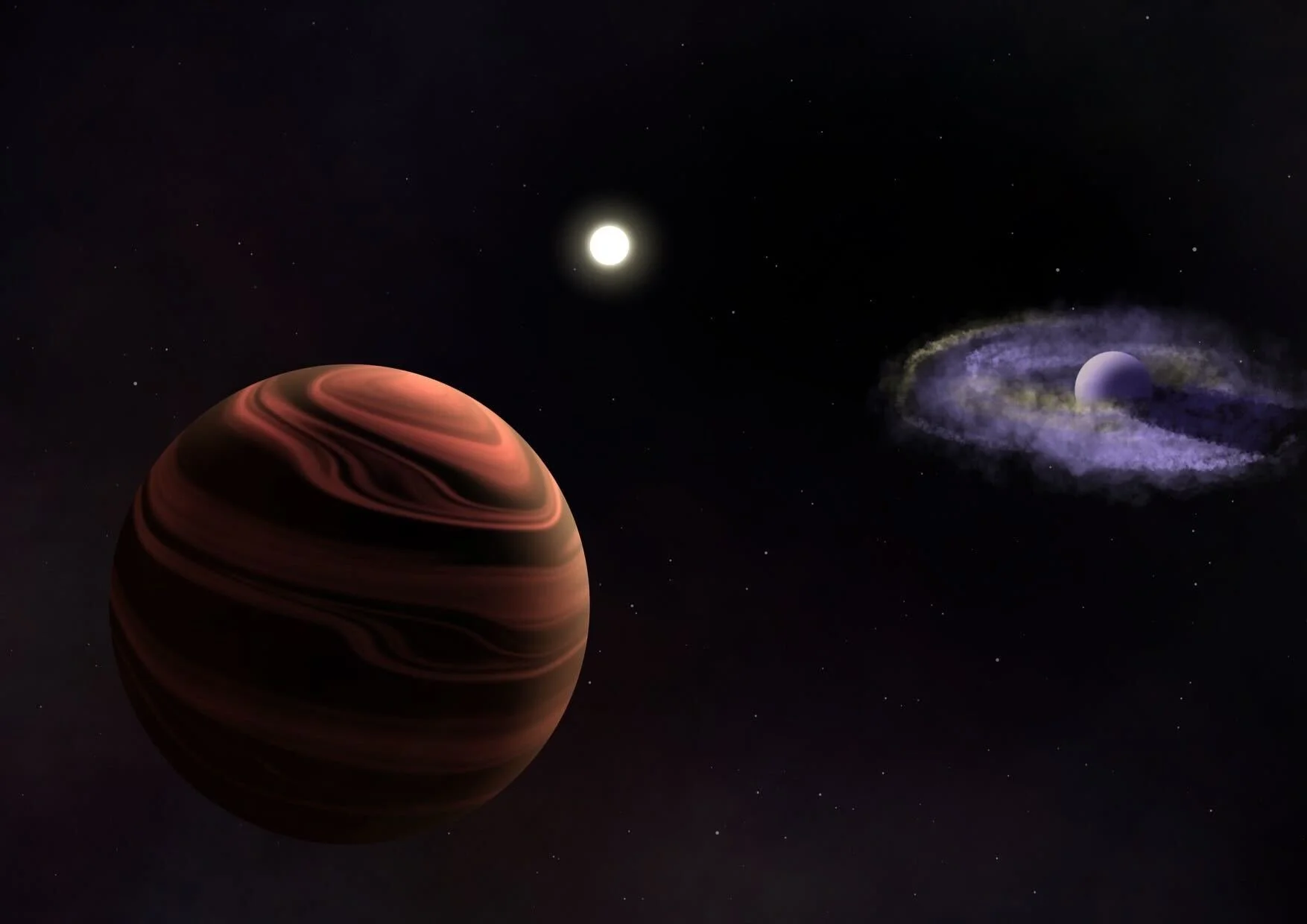Research Interests
Exoplanets
Brown Dwarfs
Direct Imaging
Spectroscopy
Atmospheric Characterization
Planet Formation Circumplanetary Disks
One of the most fundamental questions in astronomy is how planets are formed.
I am a leader in addressing this key scientific question by determining what atmospheric properties can be used to trace the evolutionary history of giant planets and utilizing the James Webb Space Telescope (JWST) to open new directions. I am pioneering space-based direct imaging spectroscopy of exoplanets with JWST's NIRSpec and MIRI spectroscopic instruments which allow spectral information at wavelengths previously inaccessible with ground-based observatories. I led the spectral analysis of the very first high-contrast observations with the NIRSpec IFU of a brown dwarf companion buried underneath the light of its host star. This dataset and my subsequent analysis were the starting point to show that the NIRSpec instrument is powerful for direct imaging spectroscopy of faint and closely separated companions to bright young stars. To push the sensitivity of the instrument further, I am a co-creator of the breads data reduction repository where we published our own reduction algorithm for high-contrast NIRSpec IFU datasets to rival contrast sensitivities of NIRCam which has a coronagraph. These advances allowed for a slew of approved JWST programs to obtain spectra of fainter, less massive, and closer separated objects that are challenging current understandings of substellar atmospheres. Additionally, I proposed to use NIRSpec and MIRI in Cycle 1 to observe the multi planet system, YSES-1, due to the fact that both planets could be placed in the same FOV with NIRSpec. This dataset is the most comprehensive dataset of a multi planet system to-date and revealed two important discoveries published in Nature. The outermost planet spectra revealed the first direct detection of silicate clouds in an exoplanet, opening up questions about whether formation can impact cloud physics in the atmosphere. The innermost planet spectra revealed a circumplanetary disk around the planet with emission from sub micron olivine grains, which complicates theories about the timescale of planet formation as these grains could be second generation grains from collisions of exomoon formation. JWST will revolutionize studies of giant planets, and with the main themes outlined in the Astro2020 decadal report, will pave the way towards formulating science objectives that are driving the Habitable Worlds Observatory (HWO), to obtain spectra of another Earth.
Image credit: Ellis Bogat
Hoch et al. Nature, 2025







